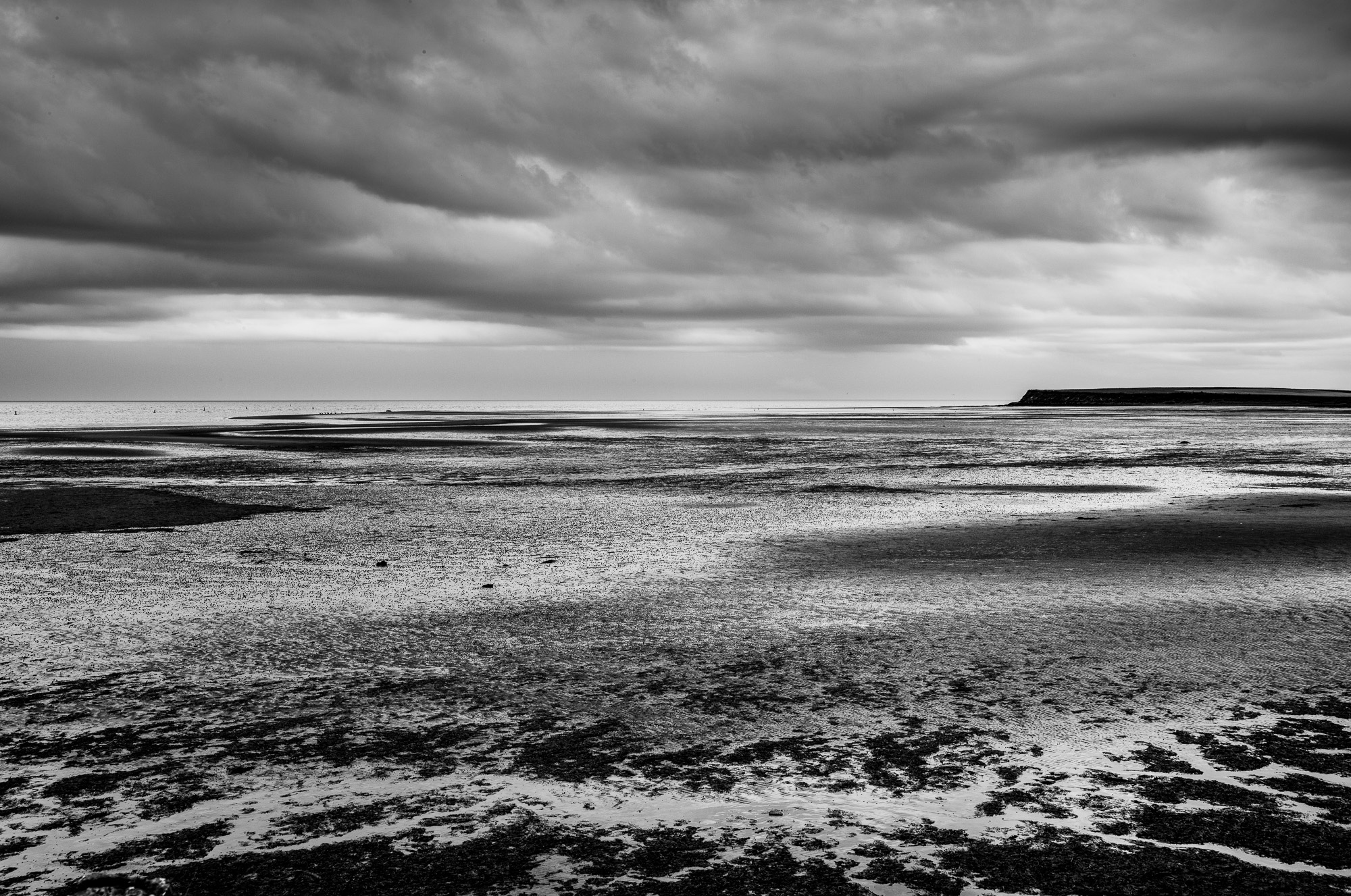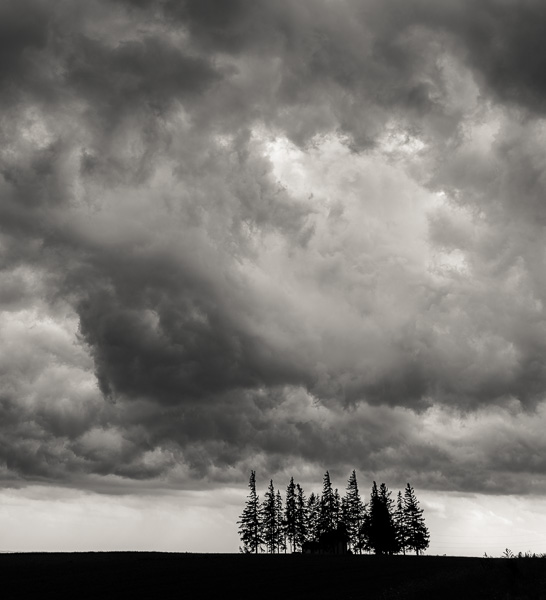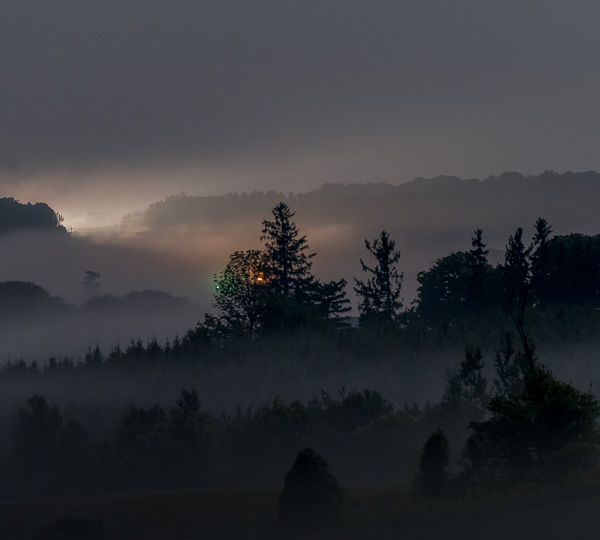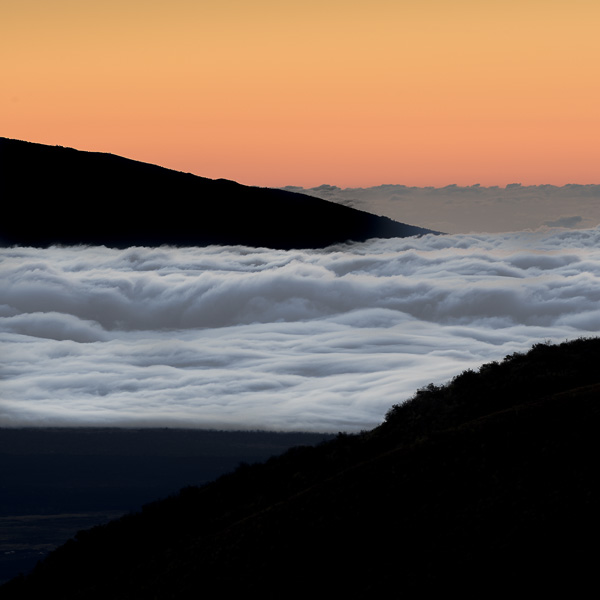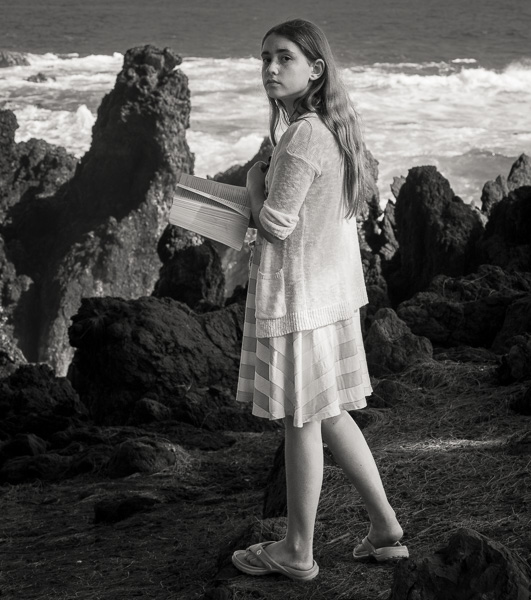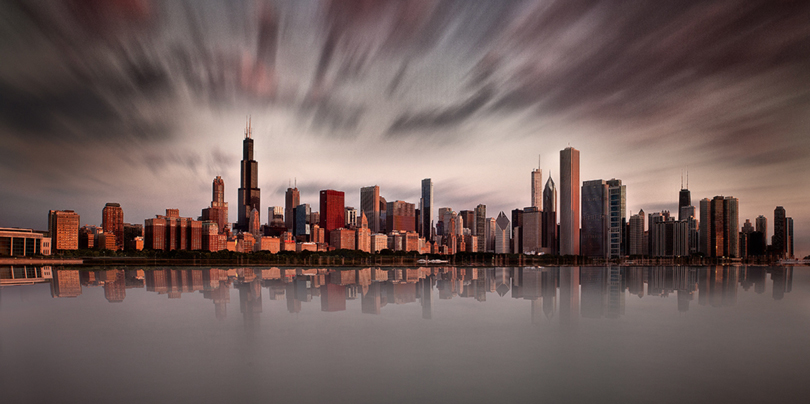

Long Exposure photography has existed since the days of the first images recorded, however, today Long Exposure, or should I rephrase and say, Daytime Long Exposure(LE), is a technique in which Neutral Density (ND) filters are placed on the lens to allow an extended exposure time. This results in an ethereal look in which stationary objects are solid and eternal, whereas the moving objects (mostly clouds) create a movement feel by either their streaky lines or by their blurred definition. Additionally, when shooting an LE image, ripples in water disappear and create a calming ethereal feel. All these elements together, create an image that is quite removed from reality the way we know it to be, a sequence of still shots.
In the last decade, LE photography has become VERY widely popular, and if I might say so, widely overused and thus losing its distinctiveness. We see time and again, in the plethora of images swarming the net, another LE image of 3 pilings in the water or the classic shot of a seascape with a dock leading into a clean horizon line decorated by a dramatic streaky sky juxtaposed by still water. Just like any new and different idea, we get excited at first, but after a while, the novelty wears out.
At this stage of the game, LE has lost its ability to dazzle and wow us, its overuse has become a mastery of technique rather than vision. When we observe art, we do not want to see just talent, we want to see something that expands our awareness, a novelty – creativity.
In my teachings of Fine Art Photography, I preach time and again to my students to use the ‘tools’ (techniques) of photography as a means to convey their end vision and not create images that are just a study in a specific technique. In the next part of the article, I will exemplify, how I use LE as a tool in my Architectural Portfolio to aid in conveying my vision for a specific scene.
My greatest passion in the field of Architectural Photography is the subject matter of Bridges. I always found them to be the greatest engineering marvels, and every once in a while, they are actually beautifully designed as well! My Bridges Portfolio is a lifelong project, evolving in complexity in conjunction with me.
As the saying goes, opposites attract, is true to art as well, a constant yin-yang of juxtaposition. Bridges symbolize strength, stability and safe passage while overcoming obstacles. By combing a Long Exposure image of a bridge, we are opposing the classic characteristics. We can do that with a turbulent streaky sky that accentuates the bridge’s stability to stand strong in the face of the element, or calm serene sky that introduces a softness to a strong concrete and steel structure. This contrast is what adds depth and interest to a somewhat ‘simple’ scene.


Vasco de Gama bridge in Lisbon Portugal. By capturing this bridge in a Long Exposure with a soft sky and still waters, I was exemplifying the concept of a ‘safe passage’ that bridges provide.


Assut de l’Or in Valencia Spain, I used Long Exposure to eliminate detail in the sky and water to simplify my scene and bring attention to form. The bridge reminded me of an archer’s bow, so I needed to still water of a long Exposure to create the symmetry of the bow.
I chose to accentuate the modern clean lines by juxtaposing them with the iron trestle bridge below. The cropped composition was just enough to create an abstract feel without losing context.


One way to eliminate unnecessary details in the image, such as distinct cloud formations or water ripples is to shoot a Long Exposure image. The long exposure technique works as two-fold. First, as I mentioned, it eliminates irrelevant details that don’t add to the story you are telling. Second, a long exposure image creates a ‘soft’ feel to an image, it smoothens out details. This smoothness counters the strong and stable impression we have of a bridge. A stable structure promising safe passage between two seemingly unpassable locations.
Notice in the image below how ripples were eliminated (due to a long exposure capture). Even though this was a long exposure image, the clouds retained details as they weren’t moving all that much. This eventually added to the drama and impression of strength it gave the bridge, standing strong and withstanding the elements. As described above, the soft long exposure water created a nice juxtaposition to the strong bridge and looming sky.


One of the more creative ways to use Long Exposure is to create Expressive Art. The image below is not a bridge image but does belong in my architectural portfolio. In this image, the top left curves of the structure (Design Museum, Holon, Israel) reminded me of fingers strumming a guitar. It was that vision that guided my thought process to use LE in the sky to make streaks that would emulate guitar cables.


To summarize, a great fine art photo always starts with a vision – ‘what do you want to convey in your image?’, ‘What do you want to say’? Once you have that clear, and you don’t always need to be able to express it in words, but you do need to know what it is. What made pick up the camera and point at this angle? What intrigued you about this scene? These are questions you should be asking yourself. Once you know what your vision is, use the tools in your photographic toolbox to aid in conveying that vision. Use Long Exposure as a means to an end and not as an end in itself.
Sharon Tenenbaum teaches Fine Art Architectural Photography Workshops around the world. Her 2018 workshop itinerary includes Portland Bridges Workshop and NY Urban Fine Art Architecture.
You can learn more about Sharon’s work and details about her upcoming workshops here.





